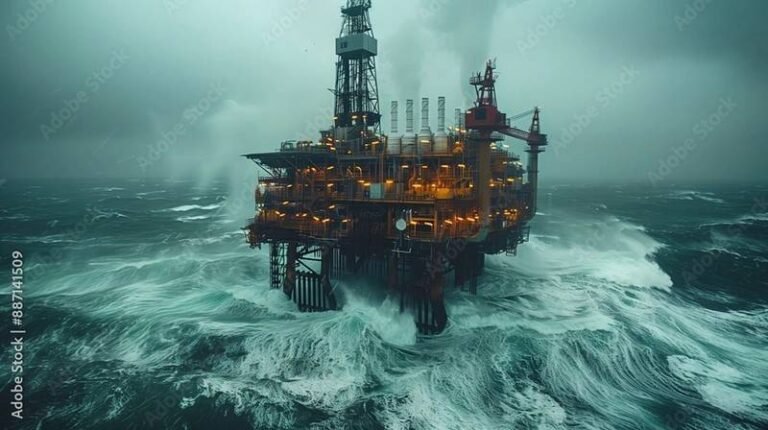And so, as the days of the Trump administration fade into history and the Biden administration takes the helm, the offshore energy sector finds itself at a crossroads. The decisions made in the coming months and years will shape the future of energy production in the United States, as well as the livelihoods of countless mariners and support businesses.
Whether it be offshore oil and gas drilling, wind energy development, or any other form of offshore energy, one thing remains clear: the need for workboats and mariners will always be present. The industry must adapt to the changing landscape and be prepared to support whatever form of offshore energy emerges as the dominant force in the coming years.
As we look ahead to the future, the offshore energy sector must remain agile and adaptable, ready to pivot in response to changing regulations, market demands, and technological advancements. By embracing a multi-mission approach and focusing on the common goal of supporting offshore energy production in all its forms, the industry can ensure its continued relevance and success in the years to come.
The Offshore Energy Debate: A Look at Offshore Wind vs. Oil and Gas
When it comes to offshore energy, the debate rages on. On one side, we have offshore wind proponents touting the benefits of clean, renewable energy. On the other, we have the offshore oil and gas industry, which has long been a dominant player in the energy sector. But can offshore wind truly stand on its own two legs without subsidies to compete with offshore oil and gas? That’s the million-dollar question.
In recent years, the Trump administration attempted to reverse ocean withdrawals put in place by the previous administration. However, a federal judge’s ruling in 2019 made it clear that presidents do not have the authority to overturn prior bans. This victory for the environmental lobby was cause for celebration, but the future of offshore energy policy remains uncertain.
As we look ahead to the new administration and the potential changes in energy policy, one thing is certain: offshore energy bans have far-reaching consequences. While the latest bans may be permanent, future decisions could swing in a different direction. This uncertainty leaves the offshore wind industry in a precarious position, waiting for the tides to turn in their favor.
It’s important to remember that offshore energy is offshore energy, regardless of its source. Whether it’s wind, oil, or gas, each form of energy has its own set of challenges and benefits. As we navigate this complex landscape, we must be mindful of the implications of our choices.
In conclusion, the offshore energy debate is far from over. The future of offshore wind, oil, and gas will continue to be a hot topic of discussion in the years to come. As we move forward, it’s crucial to consider the long-term implications of our energy choices and strive for a sustainable and balanced energy future.
NOTE: The views expressed in this article are those of the author and do not necessarily reflect the views of the publisher.
Joseph Keefe is the Editor of MarineNews magazine and a veteran of the maritime industry. With over 40 years of experience, his insights into the offshore energy sector are invaluable. You can reach him at [email protected].

